Wilson’s Bird-of-paradise Facts
- This mesmerizing avian, with the incredibly distinctive appearance, most frequently goes by the common name of Wilson’s Bird-of-paradise. In fact, to the knowledge of scientists, the remarkable bird currently has no other generally accepted name.
- Among professionals, such as ornithologists, however, the animal’s most often referred to by its formal scientific name. Like many such technical terms, though, it’s hard to pronounce. That’s because that technical name is that of the Cicinnurus respublica.
- It’s name further holds a small note of historical notoriety and controversy. The notoriety’s because the French ornithologist who made the original recognition of it as a separate and distinct species was Charles Lucien Bonaparte, a nephew of Napoleon!
- Meanwhile, the controversy stems from his choice of scientific name. His choice of “respublica” represented an intentional affront to traditionalists in the field. That’s because their tradition was to dedicate any new species to a member of the monarchy.
- Sadly, the magnificent Wilson’s Bird-of-paradise finds itself in a precarious position in terms of its survival. That also appears to hold true throughout the entirety of its endemic range. The IUCN, therefore, now lists it as Near Threatened on its Red List.
- Habitat loss currently constitutes its most immediate threat. Yet it also faces several other dangers to its continued existence. It’s own limited range, and exploitation further endanger it. Its greatest potential threat, though, doubtless comes from climate change.
Related Articles
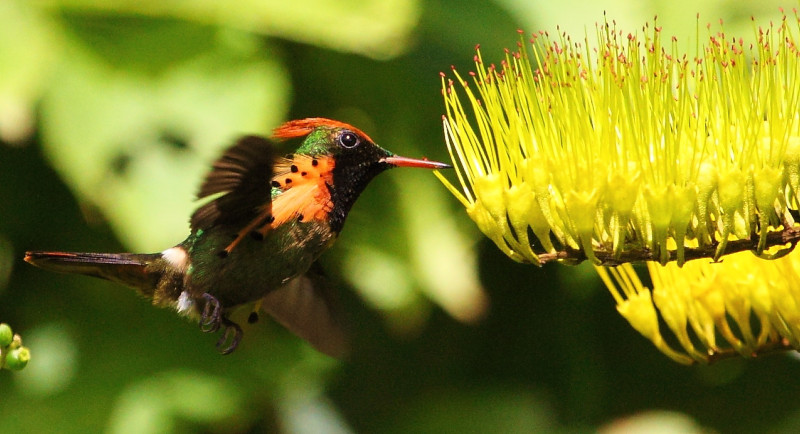
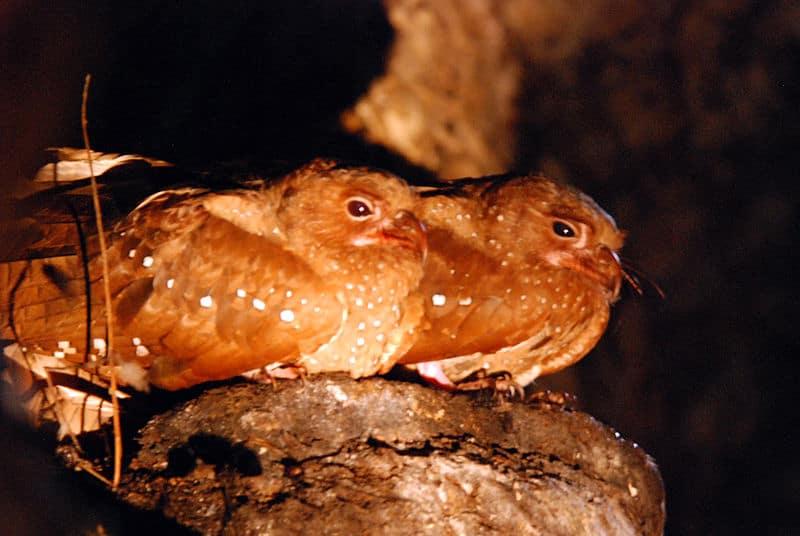
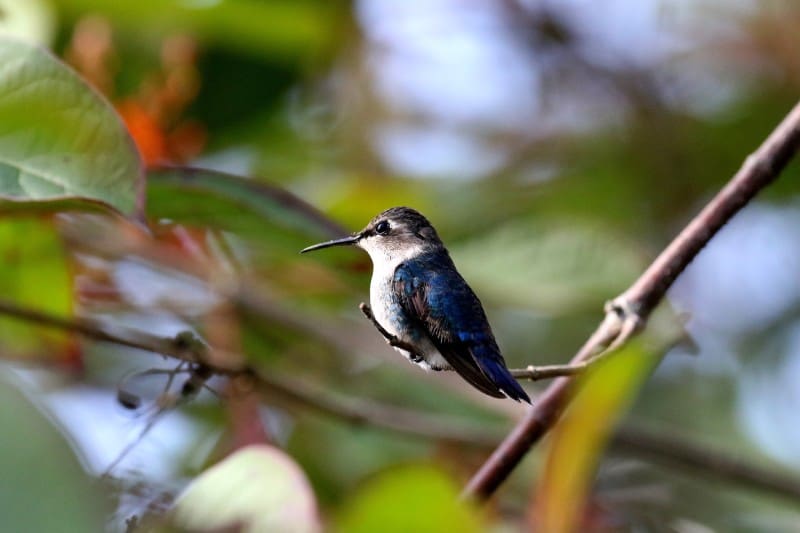
Wilson’s Bird-of-paradise Physical Description
It’s worth noting that the astonishing Wilson’s Bird-of-paradise garners full attention from those who encounter it wholly regardless of sheer physical size. That’s due to the fact that, in that particular category, it actually qualifies as a rather unimpressive species of bird.
Yet that’s perhaps the only category in which it fails to impress, at least in the minds of most. Those statistics, however, only serve to highlight how intriguing it is in other ways. Nature, it seems, often does its most impressive work while working with its smaller packages.
The truly amazing creature also manifests a certain degree of the physiological characteristic known as sexual dimorphism in regards to size, among others ways. In this specific instance, though, the size differences between the two genders remains exceedingly minor.
That’s partly due to the fact that both genders of the bird attain the same approximate average length. That measures roughly 6.3 in (16 cm). The males, however, attain a slightly greater average weight, equaling 53 – 67 g. Females, meanwhile, only average 52 – 60 g.
It’s in appearance, though, that the sexes show the greatest degree of difference. The males display a combination of a red and black background. This, though, gets augmented by a light green on the mouth, a yellow neck, and blue feet, with two curled violet tail feathers.
The females of the awesome Wilson’s Bird-of-paradise, though, show markedly milder color schemes. In this respect, it also follows the familiar pattern among many related species. These typically present an overall brown color, with the presence of a bare blue crown.
- Kingdom: Animalia
- Phylum: Chordata
- Class: Aves
- Order: Passeriformes
- Family: Paradisaeidae
- Genus: Cicinnurus
- Species: C. respublica
Wilson’s Bird-of-paradise Distribution, Habitat, and Ecology
Not surprisingly, the stunning Wilson’s Bird-of-paradise inhabits a general section of the globe already well-known for its abundance of natural beauty. That’s because this marvel of Nature evolved as native to the overall portion of the world now known as Asia.
More specifically, it appears in parts of the country of Indonesia. Even there, however, this astounding product of evolution evolved as native to a highly restricted habitat range. This holds true since it only lives on the islands of Batanta and Waigeo, off West Papua.
Yet even within this already extraordinarily restricted zone of habitation, it displays traits which complicate its already arduous situation. This highly unusual species also displays extremely rigid requirements for its choice of locations in which to make its home.
Restrictively, though unsurprisingly, it only lives in the rainforests of the region. Following that, however, it also only appears in the lowlands, or on hillsides. The majority of specimens appear at around 984 ft (300 m), for unknown reasons, and rarely below that.
The Wilson’s Bird-of-paradise also remains a rarely seen species. Therefore, the first filming of it didn’t occur until Sir David Attenborough managed it in 1996. He did it by annoying a male specimen, interrupting its mating ritual of clearing a spot on the forest floor.
Like most avians, it also evolved as an omnivore. Its diet primarily consists of various local fruits, arthropods, insects, and other small invertebrates. Outside of the observed mating rituals, researchers still know very little about it otherwise, including its own predators.
Species Sharing Its Range
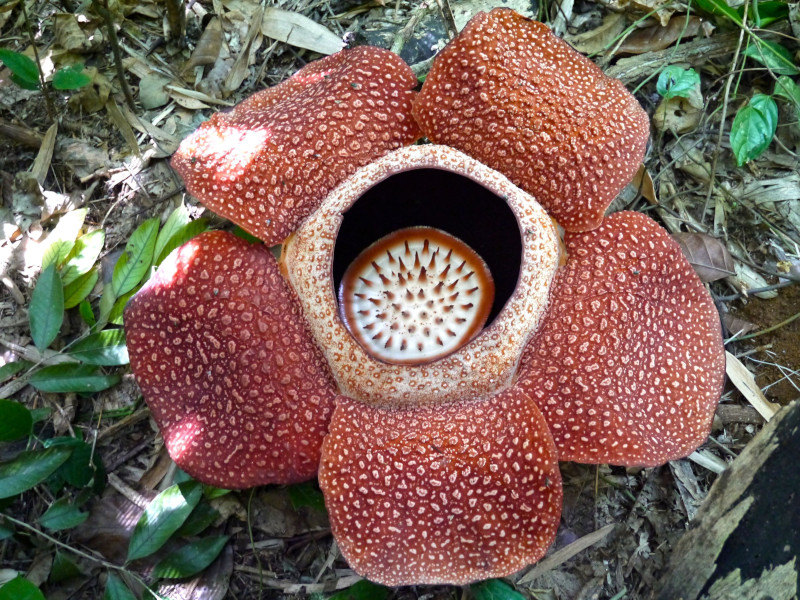
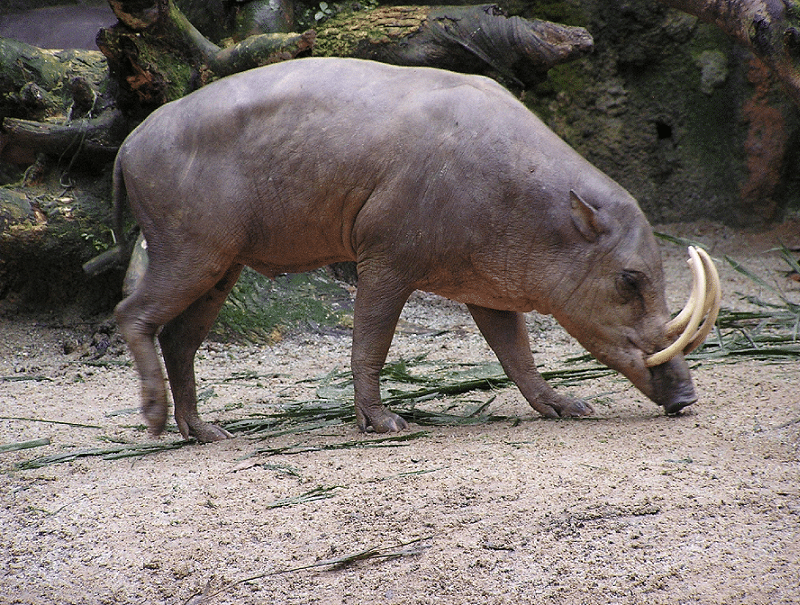
North Sulawesi Babirusa
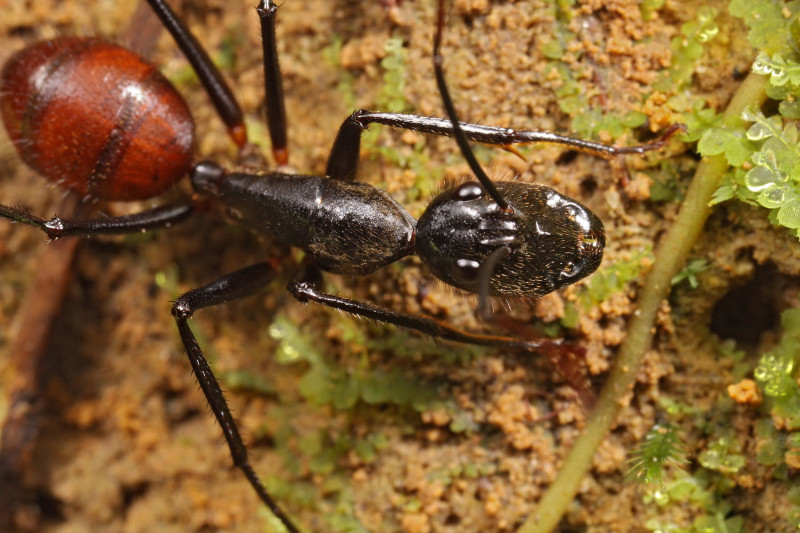
Check out our other articles on 4 Magnificent French Geological Marvels, Honey Badger, Dune du Pilat, Nepenthes pervillei, Satanic Leaf-Tailed Gecko, Black Rain Frog, Elkhorn Coral
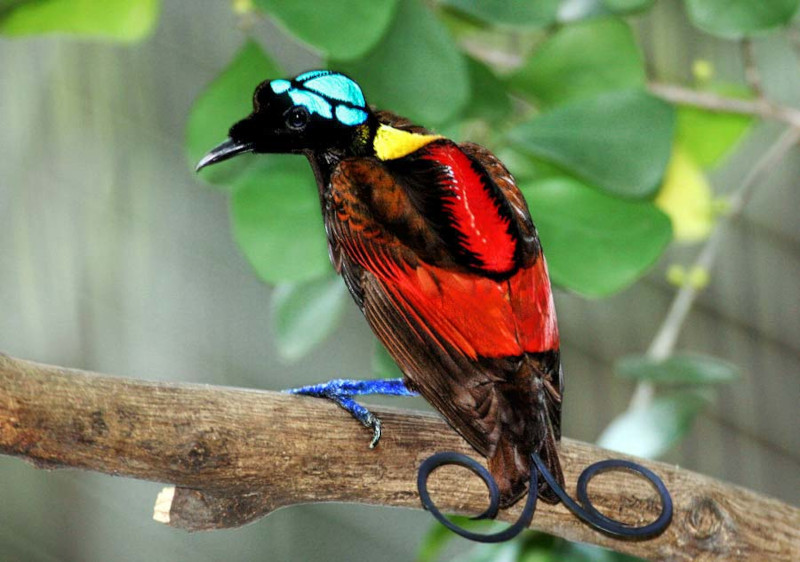
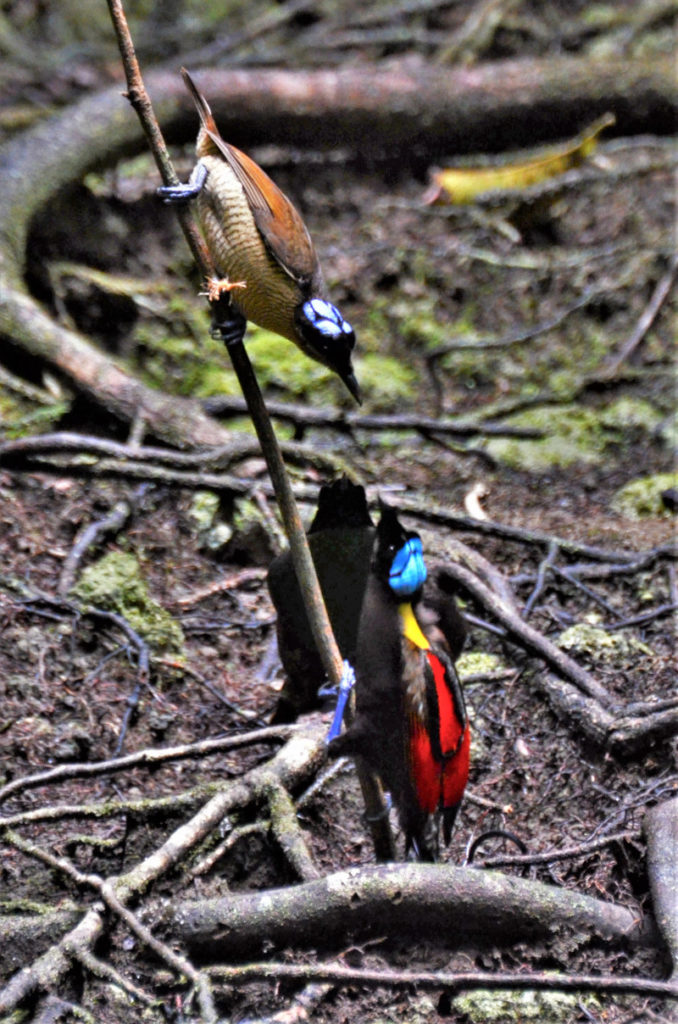
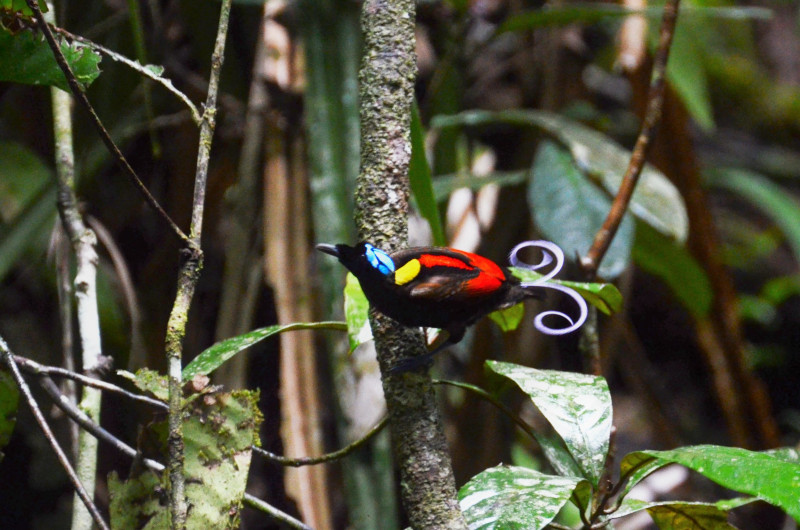









Leave a Reply